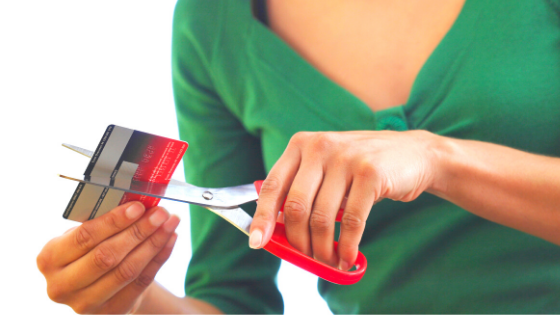What Are The Different Credit Scoring Models

If you’ve been researching how to increase your credit scores, you may have come across several different types of scoring models.
Keeping track of scoring models can be confusing, especially if you’re trying to achieve the best credit possible.
In this post, you’ll find out about the different scoring models and how to use them to your advantage.
Scoring Model #1: FICO
FICO is the most common system and it’s the one you should spend the most time with if you want to improve your credit.
The FICO scoring model rates each person’s credit from 300 to 850. Any score below 600 is considered poor, and any score above 740 is considered excellent.
The FICO scoring model uses several factors to determine your score, including:
- Payment History: Counts for 35% of your score. FICO looks at missed and late payments, and negative accounts such as bankruptcies.
- Credit Utilization: Counts as 30% of your score. FICO analyzes how much of your credit you’re using. Always aim to stay below 30% of your total credit to achieve the highest rating in this area.
- Credit History: Counts as 15% of your score. FICO checks how long you’ve had your accounts. The longer your credit history, the better.
- Credit Use: Counts as 10% of your score. FICO determines how any different types of credit you have, including revolving credit, installments, charge cards and service credit. It’s best to have a wide variety of credit accounts if you want to score well here.
- New Credit: Counts as 10% of your score. FICO weighs how much of your credit is new when determining this aspect. To be clear, it’s perfectly fine to take out new credit, but you should always be cautious about applying for too many credit accounts at once.
Scoring Model #2: VantageScore
VantageScore is another popular scoring model and it is co-owned by the three bureaus, Experian, Transunion and Equifax. Like FICO, VantageScore ranges from 300 to 850.
Here is how the company determines your VantageScore:
- Payment History weighs 40%: Vantage views payment history as the biggest determiner of good or bad credit. Late and missed payments will affect your score heavily, so always pay your bills on time.
- Age and Type of Credit weighs 21%: The VantageScore analyzes the length of your credit history and the mix of credit. To raise your score, try to secure a wide variety of credit, including revolving, installment, service accounts and charge cards.
- Credit Utilization weighs 20% of your total score: VantageScore looks at how much of your total credit you’re using. Aim to keep credit utilization under 30%.
- Total Balances weighs 11%: VantageScore calculates your total debt to measure this area. When you lower your debt, you achieve a higher score.
- Recent Behavior weighs 5%: VantageScore analyzes how much new credit you’ve recently acquired. It’s certainly okay to apply for new credit, but never open too many accounts at the same time.
- Available Credit weighs 3%: Here, VantageScore checks how much credit you have available and rates your score accordingly. It’s best to have the most credit available to get a higher score.
Other Models
Lenders and agencies may choose to use a completely different model than the two biggest. Other models include Transunion’s TransRisk, Experian’s National Equivalency Score, CE Credit Score, Insurance Score and Credit Xpert Credit Score.
________________
The two main scoring models are FICO and VantageScore, and those are the systems most lenders use when determining your credit score. If you want more customized credit advice so you can raise your credit scores and achieve financial freedom, go here to –> Schedule a free consultation


Joyce Robertson
I really need to up my score if possible in the next 30 to 45 days.